2001–2008
Web 2.0
With the Y2K disaster averted, the new millennium began with renewed optimism about information technology. Social networking sites such as MySpace and Facebook, instant messaging, and blogging gave Web users a twenty-four hour platform for keeping in touch, sharing ideas, and making new contacts. Online shopping let users circumvent crowded shopping malls, and the music industry was transformed, largely through the ingenuity at Apple, Inc. The release of iTunes, in January 2001, allowed the digitally savvy to download their favorite singles from among countless artists, eliminating the need to actually go to music stores. Ubiquitous iPods, portable hard drives, podcasts, audiobooks, and other media expanded the flow of information in ways both exciting and perplexing. The unlimited capabilities of Internet life, dubbed Web 2.0, raised concerns about false identities on social networking sites, child predation, identity theft and privacy, and the regulation of information ownership and use.

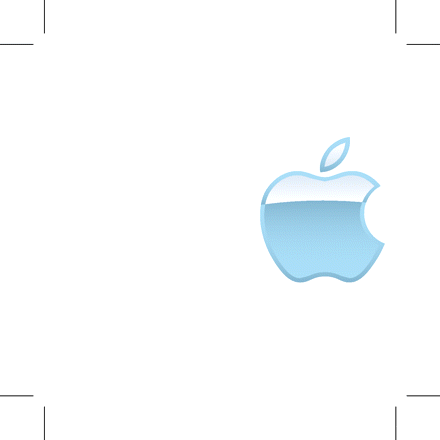

MI 1(1)
ASPET launched Molecular Interventions in April 2001, to a print and online audience, with an issue featuring Alfred Goodman Gilman and the newly formed Alliance for Cellular Signaling, a program that integrates scientists who study the signaling pathways that underlie cell function. The ultimate goal of the new research model is to build a “virtual” cell. The April 2001 issue of MI also featured an article about COX-2 inhibitors, an emerging class of highly potent and selective anti-inflammatory drugs. Prescribed for the treatment of arthritis with reduced side effects, the drugs gained rapid, widespread acceptance until 2005, when information surfaced indicating that Vioxx®, a blockbuster COX-2 inhibitor, was associated with increased stroke risk. A firestorm of lawsuits followed, leading Merck to withdraw their drug from the market.


Further Globalization
On September 11, 2001, terrorists of the militant Middle East group al Qaeda successfully attacked the United States by hijacking and crashing four passenger airplanes. Two of the planes were used to destroy the twin towers of New York City’s World Trade Center, killing thousands of Americans and rousing concerns about safety nationwide. Declaring a mission to subdue terrorism worldwide, the United States attacked and overthrew Iraqi dictator Saddam Hussein, in Operation Iraqi Freedom. Meanwhile, the genocide in Darfur, blood diamonds, and the AIDS crisis in Africa garnered worldwide attention and promoted a sense of global responsibility in a young generation that had never experienced a major war. In 2007, former Vice President Al Gore was awarded the Nobel Peace Prize for his efforts to educate the world about how existing lifestyles were contributing to global warming and the slow destruction of the planet. Ubiquitin, a tiny intracellular peptide that targets proteins for destruction in the proteasome, landed a Nobel Prize in Chemistry for Aaron Ciechanover, Avram Hershko, and Irwin Rose.

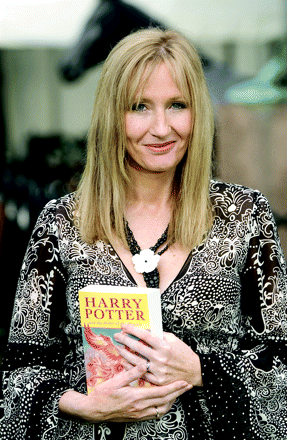
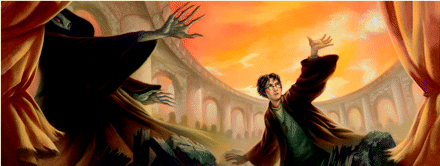
Tales of the Times
The film industry lured moviegoers away from fears of terrorism and global warming with forays into fantasy worlds based on popular books. The Lord of the Rings trilogy, recounting the story of a gentle hobbit who sets out to rid the world of a dark lord and his power, completed filming in 2003, won seventeen Academy Awards, and grossed nearly three billion dollars worldwide. The first of the seven Harry Potter books, a series penned by British author J.K. Rowling about a courageous orphan boy who discovers his wizard powers and the mysterious evil that opposes him, was released as a movie on November 16, 2001. Beloved by children and adults, the books alone made Rowling a multimillionaire, with the final installment selling more than eleven million copies within twenty-four hours of its release. The Harry Potter movies became the highest-grossing film series of all time, raking in billions of box-office revenue and thereby surpassing Lord of the Rings, Star Wars, and James Bond.
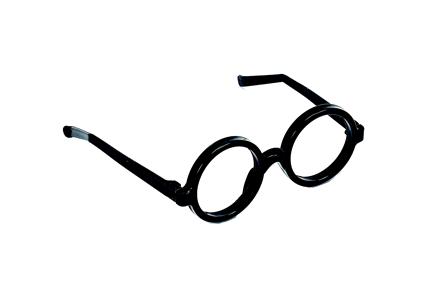
Another 100 Years
The year 2008 marks the one-hundredth anniversary of ASPET, the society that John Jacob Abel envisioned would promote the advancement of experimental therapeutics by giving scientists a way to share ideas. One hundred years of research and its application to important diseases validate Abel’s forward-looking vision and the critical marriage between bioassays and experimental models. The impact of biomedical research is felt today, in every sector of society, as strongly as ever, and biomedical researchers are challenged, more than ever, to interact across distinct social spheres without losing sight of the scientific method. As we look to the next hundred years, we will see whether mainstream medicine will include stem cells and gene therapy, whether systems biology, regenerative pharmacology, and personalized medicine will transform clinical practices, and how technology will continue to shape drug discovery, drug development, drug marketing, and individual drug-based therapies. The next generation of pharmacology’s heroes, now graduate students and researchers at the beginning of their careers, will stand on the shoulders of Abel, Ehrlich, Axelrod, Black, Gilman, Kandel, and many, many others.
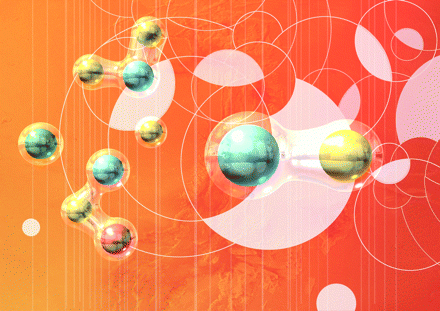
- © American Society for Pharmacology and Experimental Theraputics 2008



